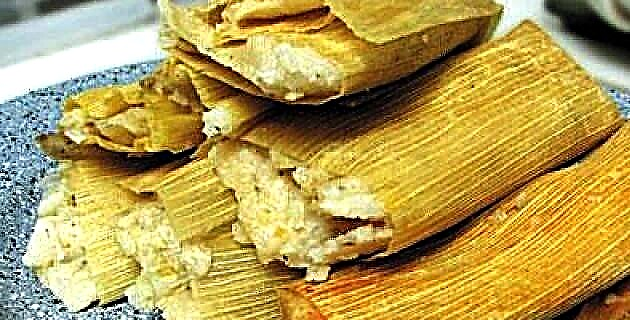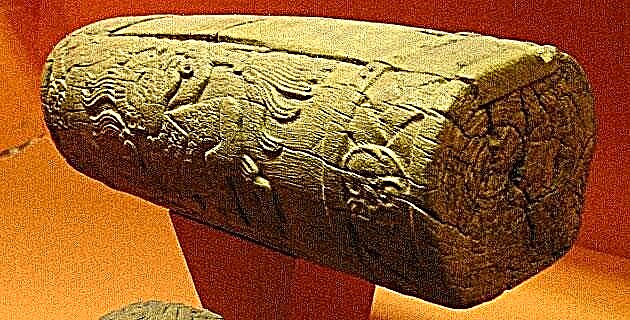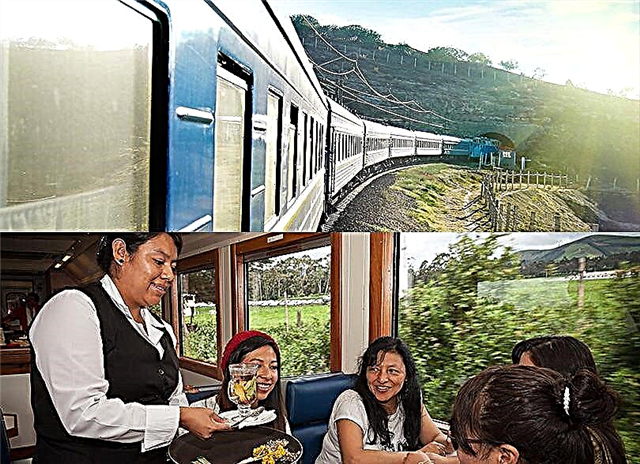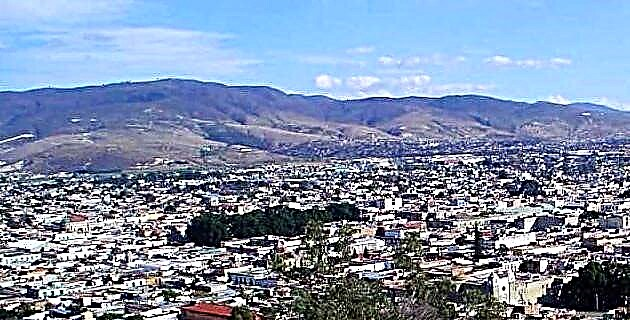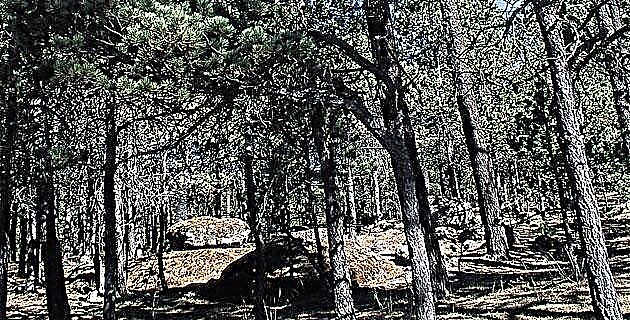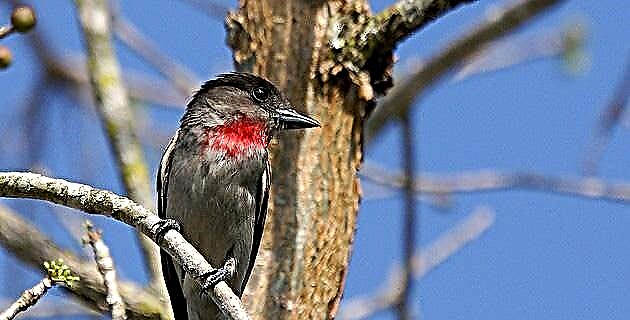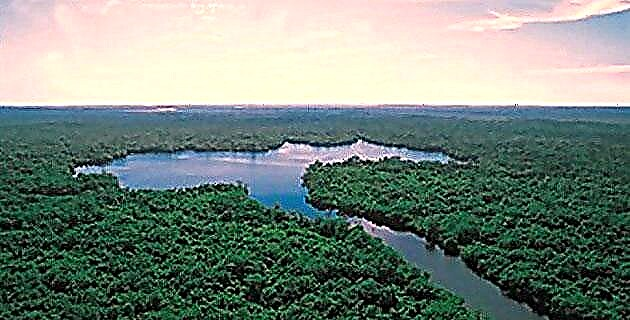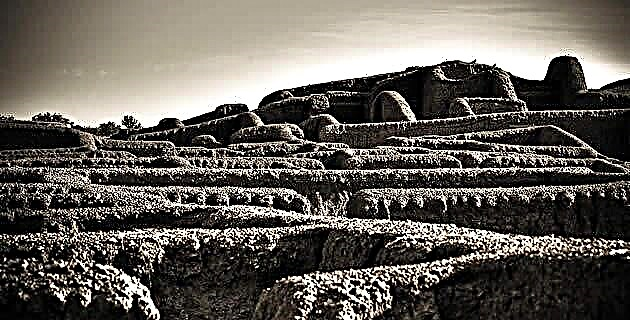
It is true that relationships between men occur through things, as we can see with the archaeological objects recovered in Paquimé during the excavations carried out by Dr. Charles Di Peso
These objects allow us to give us a fairly approximate idea of what people were like and how they spent their daily lives. The inventory of material culture shows men settled in villages along the riverine areas of the region. They wore fine garments made with fibers derived from the agaves that grew on the slopes of the mountains. They painted their faces with geometric figures of vertical and horizontal bands, over the eyes and on the cheeks, as can be seen in the anthropomorphic vessels of the admirable polychrome Casas Grandes ceramics.
They cut their hair in the front and left it long towards the back. They hung from their ears, arms and neck, earrings (cones like bells) made with objects of seashell and / or copper.
The commercial exchange of these products began since ancient times, surely long before the first crops were carried out in the area. Later, the commerce of these articles increased considerably, which were directly associated with all their beliefs and depended on the resources that nature provided them. In the region, the closest pre-Hispanic copper and turquoise mines, of those studied by archaeologists, are found in the Gila River area, neighboring the population of Silver City, in southern New Mexico, that is, more than 600 miles north.
There were other copper deposits, such as the one located in the Samalayuca dune area, 300 kilometers to the east. Many scholars have tried to associate the Zacatecas mines with northern cultures; However, during the times of splendor of Paquimé, Chalchihuites was already only an archaeological vestige.
About 500 kilometers to the west, through the mountains, were the shell banks closest to Paquimé, and much further away for those groups that traded copper for shells and for the colorful feathers of the macaw in the northern regions. It is curious that the Chichimecas of Paquimé have preferred the shell instead of local stones to manufacture their ornaments. Another highly valued material was turquoise, imported from the Cerrillos mines in the Gila River region.
Research work and laboratory analysis would allow to identify with certainty the places of origin of copper and turquoise in the territory of the Great Chichimeca and Mesoamerica, and during the different periods of occupation, since today it is still assumed that the Turquoise found in sites corresponding to the Toltec and Aztec times, and that used by other groups such as the Tarascans, Mixtecs and Zapotecs, came from the distant regions of New Mexico.
In the case of Paquimé, we are talking about the Middle period, dated between 1060 and 1475 of our era, which corresponds to the time of the Toltecs of Quetzalcóatl and the Mayans of Chichén Itzá, and the origins of the cult of Tezcatlipoca.
Fray Bernardino de Sahagún comments that the Toltecs were the first Mesoamerican men who ventured into the northern lands in search of the Turquoises. Under Tlacatéotl's leadership, chalchíhuitl, or fine turquoise, and tuxíhuitl, or common turquoise, were introduced to the market.
This stone was used by the Chichimecas of Paquimé to manufacture some ornaments, such as beads for necklaces and earrings. Over a period of two hundred years the Chichimecas, Anasazi, Hohokam and Mogollón of the southern United States greatly increased the use of artifacts of this fine stone. Some archaeologists, such as Dr. Di Peso, support the idea that it was the Toltecs who controlled mining and the market in New Mexico - which included the Mayan area, the central highlands and the west - with northern Mexico.
The most significant archaeological objects of the pre-Hispanic world were the plates or effigies inlaid with turquoise mosaics. This treatment suggests the high value of the artifacts made with this material and its possible foreign origin.
The trade routes flowed from north to south throughout the country, always along the routes to the west and the central highlands, routes that the Spanish would later use to conquer the Chichimeca lands.
For Phil Weigand, a direct consequence of the pre-Hispanic mining boom was the unfolding of trade routes, since such a prosperous activity required a well-organized distribution network. This is how the growing consumption of this product originated that its obtaining was regulated by increasingly complex social organizations that guaranteed the exploitation in various fields and at different times, developing avenues of benefit for the large producing centers and, even more, for the Mesoamerican consumer centers.
Source: Passages of History No. 9 The Warriors of the Northern Plains / February 2003


